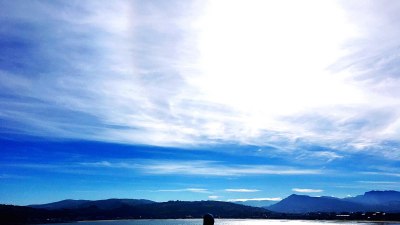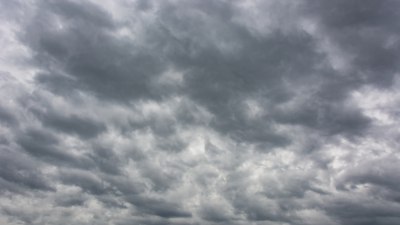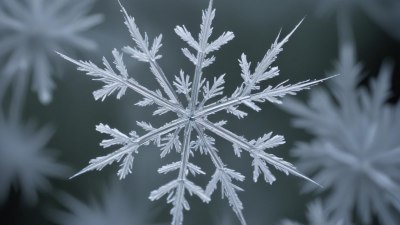Why the Sky Sometimes Looks Bluer After Cold Nights
Discover the science behind why colder nights can lead to clearer, bluer skies during the day.

The color of the sky is a phenomenon that fascinates many. While you may have noticed that the sky appears especially blue following a cold night, there is a scientific explanation behind this captivating occurrence.
One of the primary factors influencing sky color is the scattering of sunlight by the Earth's atmosphere. The short wavelengths of blue light scatter more than the longer red wavelengths, resulting in the sky appearing blue to our eyes. However, cold temperatures can create conditions that enhance this effect, leading to a deeper and more vivid blue hue.
The Role of Temperature Inversions
After a cold night, particularly in regions where mountains or valleys are prominent, temperature inversions can occur. A temperature inversion happens when a layer of warm air traps cooler air at the surface, which can lead to a more stable atmosphere. This stability reduces turbulence, allowing for clearer skies. When the atmosphere is less turbulent, the scattering of light becomes more uniform, enhancing the blue color we observe. Think of it as the atmosphere 'cleaning up' its act after a chilly night.
The Absence of Particulate Matter
Cold nights often result in reduced wind speeds, which means less airborne particulate matter. Pollution, dust, and smoke tend to settle closer to the ground in calm conditions. Consequently, the air becomes clearer, allowing sunlight to pass through with minimal obstruction. When the sunlight, primarily the blue wavelengths, encounters this clearer air, it scatters more effectively, leading to a more intense blue sky. This explains why urban areas with pollution often experience a whiter or grayer sky, while areas with clearer air appear more vivid after cold nights.
The Impact of Humidity
Humidity levels also play a crucial role in the sky's appearance. During colder nights, relative humidity can drop significantly. When the air is drier, there are fewer water droplets to scatter light, which can diminish the sky's blueness. Conversely, on drier days, the lack of moisture allows for more scattering of the blue wavelengths, contributing to a clearer and deeper blue sky. This relationship between humidity and sky color illustrates how intricate atmospheric conditions can affect our daily visual experiences.
Seasonal Variations
Seasonal changes also contribute to the variation of sky color observed after cold nights. In winter, the air is generally drier and clearer due to lower temperatures, leading to bluer skies. Additionally, snow accumulation on the ground can further reflect and scatter light, enhancing the sky’s hues. In summer, although the nights can be cooler, increased humidity and higher levels of particulate matter from activity can lead to a less blue sky following a chilly night.
Geographical Influences
Your geographical location can affect your experience of sky color as well. In coastal areas, the proximity to large bodies of water can introduce humidity and cloud cover, mitigating the intensity of sky color. Conversely, in areas with high elevation, the thinner atmosphere allows for less scattering and, as a result, often yields a more vibrant blue sky especially after clear nights. Understanding these geographical influences adds another layer of depth to our comprehension of atmospheric phenomena.
The Effect of Light Pollution
Light pollution is also a significant factor that impacts our perception of the sky's color. In urban areas with high levels of artificial light, the night sky can become obscured, and the transition to a blue daytime sky may not be as noticeable after a cold night. In rural or less densely populated areas, the contrast between day and night becomes more pronounced, making the blue sky after a cold night even more striking. Efforts to reduce light pollution could help in showcasing the beauty of our natural skies.
In conclusion, the vivid blueness of the sky following cold nights can be attributed to a combination of factors including temperature inversions, reduced particulate matter, humidity levels, seasonal variations, geographical influences, and light pollution. This intriguing interplay of atmospheric conditions serves as a reminder of the complexities of our environment and how they can transform our everyday experiences. The next time you gaze up at a bluer sky after a cold night, take a moment to appreciate the intricate science that makes it possible.











